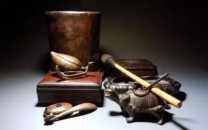精品赏析:四川卢比
类别:钱币
19世纪末,英帝国势力不断侵入中国西藏地区,英属殖民地的货币印度卢比也随之流通到西藏并逐渐渗入川、滇等省,这种局面令清朝地方当局极度不安。光绪三十一年(1905年)11月29日,四川总督锡良上奏朝廷,提出铸造仿照印度卢比的汉文银元,用以抵制印度卢比并充发藏饷。
据史料记载,“四川省造”银币发行于晚清时期。当时,清朝为了抵御印度(英占)卢比对我国西南地区的经济侵扰,仿印度卢比式样制成了四川卢比银币,这种银币在西南地区通用,特别是康藏地区。由于此币的设计模式及直径、重量等均与印度卢比相似,因而就有了“四川卢比”之称谓,银币名为“藏元”,又称“川卡”等。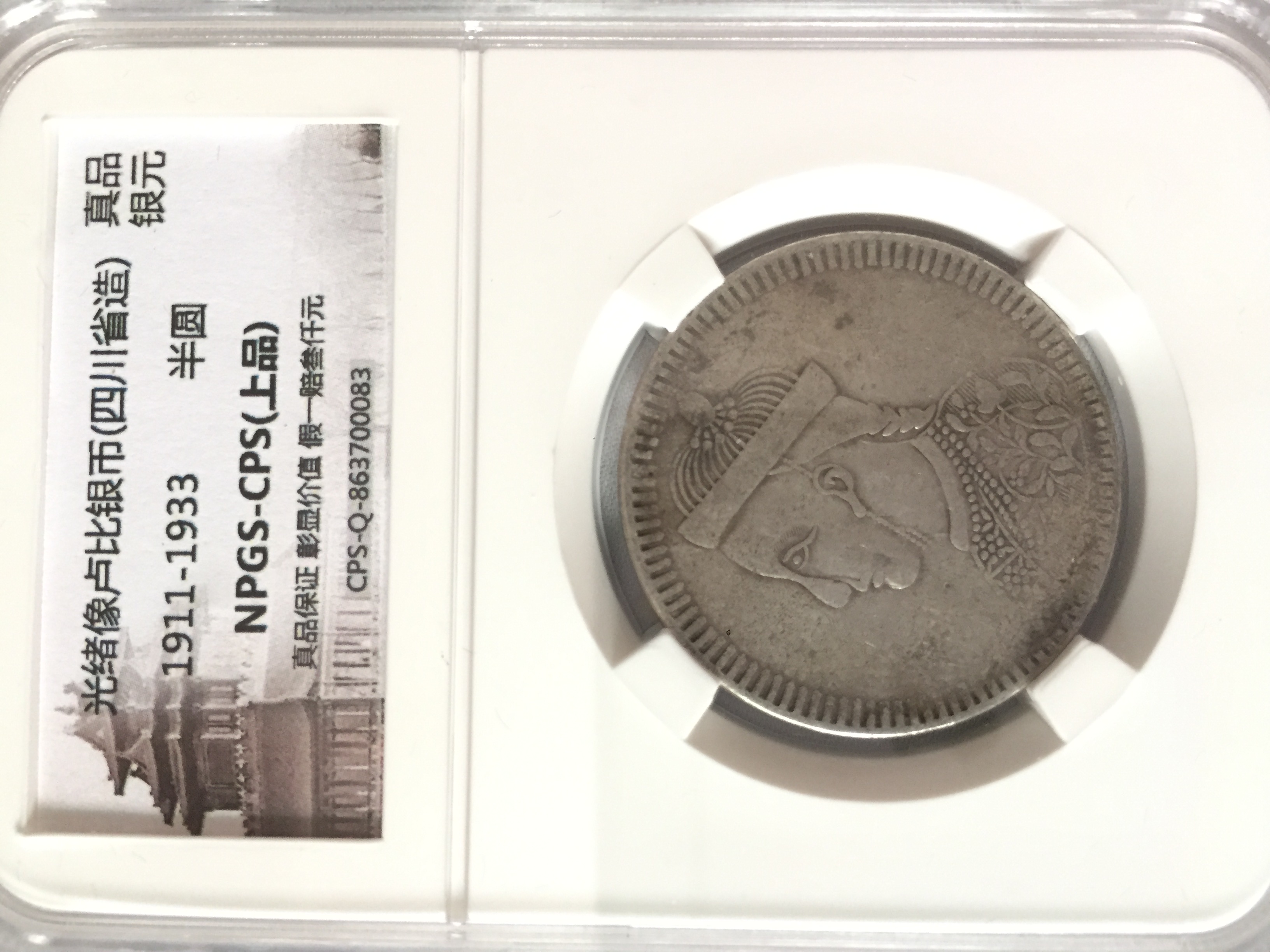 这枚“四川省造”卢比银币,正面是光绪皇帝半身侧面像,背面周围饰以藤蔓花卉,中间有楷书“四川省造”四个字,是中国唯一铸有皇帝像的流通银币,在康藏地区通用。留传下来好品相的四川卢比几乎没有,很少见,大部分都是普通品相或差一点的。而此枚四川卢比银币历经战乱年代的洗礼,再经过传世收藏,其品相保留依然完整,且成色完美,通体绽放五彩包浆,是别的钱币所不能比拟的。几年前,曾经见到在拍卖会上一枚原光好品四川卢比,拍卖价格已过百万,足可见好品的珍贵少有。其中记载宁夏博物馆收藏了一枚“四川省造”卢比银币,是红军长征经过宁夏时所留,现为国家一级文物。
这枚“四川省造”卢比银币,正面是光绪皇帝半身侧面像,背面周围饰以藤蔓花卉,中间有楷书“四川省造”四个字,是中国唯一铸有皇帝像的流通银币,在康藏地区通用。留传下来好品相的四川卢比几乎没有,很少见,大部分都是普通品相或差一点的。而此枚四川卢比银币历经战乱年代的洗礼,再经过传世收藏,其品相保留依然完整,且成色完美,通体绽放五彩包浆,是别的钱币所不能比拟的。几年前,曾经见到在拍卖会上一枚原光好品四川卢比,拍卖价格已过百万,足可见好品的珍贵少有。其中记载宁夏博物馆收藏了一枚“四川省造”卢比银币,是红军长征经过宁夏时所留,现为国家一级文物。
四川卢比的铸行,尽管其流通区域不是很广泛,仅限康藏地区行用,但在抵制和驱逐外币入侵方面确实发挥了积极有效的作用。由于四川卢比在制作工艺和含银成色上完全可以媲美印度卢比,故深受康藏等西南边疆商民的青睐,从而有效地遏制了英属印度卢比的大规模经济渗透,维护了国家主权和国人的根本利益。因此,四川卢比在历史上的存在价值和地位不容忽视,作为中国唯一带有皇帝头像的银币,无论是其文物研究价值还是收藏鉴赏价值都应该得到认可。
英文翻译:
Boutique Appreciation: Sichuan Rupee Category: Coins Historical background: 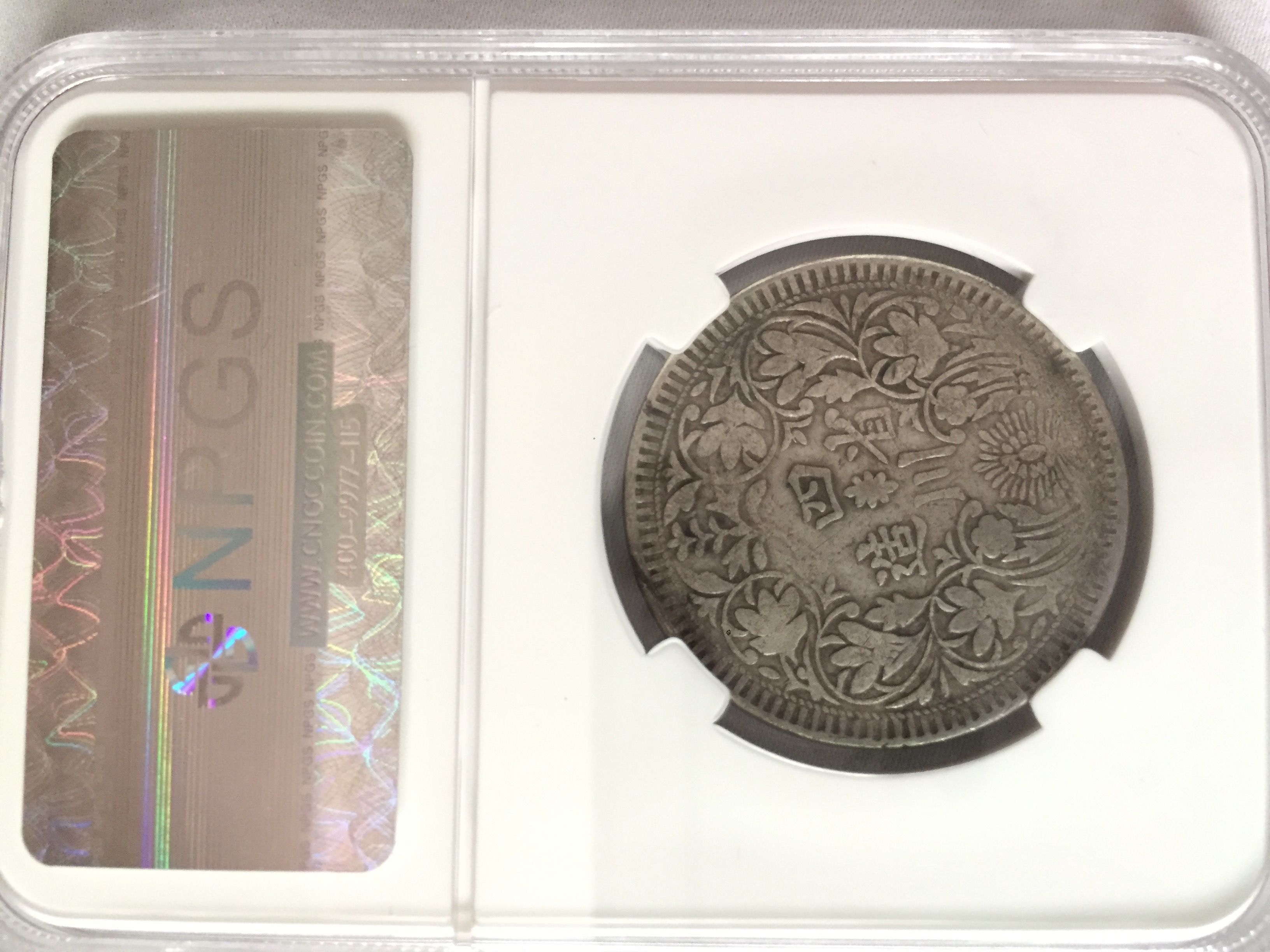
At the end of the 19th century, the British Empire continued to invade Tibet, and the currency of the British colonies, the Indian rupee, also circulated into Tibet and gradually penetrated into Sichuan, Yunnan and other provinces. This situation made the local authorities of the Qing Dynasty extremely uneasy. In the thirty-first year of Guangxu Dynasty (1905), Xi Liang, the governor of Sichuan Province, presented a report to the imperial court on November 29, proposing to cast silver yuan in Chinese to imitate Indian rupee in order to resist Indian rupee and to pay taxes as a reserve.
According to historical records, the silver coin "Made in Sichuan Province" was issued in the late Qing Dynasty. At that time, in order to resist the Indian (Anglo-occupied) Rupee's economic invasion in the southwest of China, the Qing Dynasty made Sichuan Rupee silver coin after the Indian rupee. This silver coin was widely used in the southwest of China, especially in Kangzang region. As the design pattern, diameter and weight of this coin are similar to Indian Rupee, so it has the title of "Sichuan Rupee", and the silver coin is called "Zang Yuan", also known as "Chuan Ka".
This silver rupee coin, "Made in Sichuan Province", has a portrait of Emperor Guangxu on the front side and vine flowers on the back side. In the middle there are four characters of "Made in Sichuan Province" in regular script. It is the only silver coin with an emperor's image in circulation in China and is commonly used in Kangzang region. Few Sichuan rupees of good quality have been handed down. They are very rare. Most of them are ordinary or inferior. This Sichuan Rupee and Silver Coin has gone through the baptism of the war years, and then passed down from generation to generation. Its appearance is still intact, and its color is perfect, and its whole body bloomed colorful paste, which is incomparable to other coins. A few years ago, I once saw a good original light Sichuan rupee in an auction, the auction price has been over one million, enough to see that good goods are rare. It is recorded that the Ningxia Museum has a "made in Sichuan Province" rupee and silver coin, which was left by the Red Army when the Long March passed through Ningxia and is now a national first-class cultural relic.
Although the circulation area of Sichuan Rupee was not very wide, and it was only used in the region of Kangkang and Tibet, it did play an active and effective role in resisting and expelling foreign currency invasion. As Sichuan rupee was comparable to Indian rupee in manufacturing technology and silver color, it was favored by merchants in the southwest frontier areas such as Kangkang and Tibet, which effectively prevented the large-scale economic infiltration of British Indian rupee and safeguarded the national sovereignty and the fundamental interests of Chinese people. Therefore, the existence value and status of Sichuan Rupee in history cannot be ignored. As the only silver coin with the head of an emperor in China, its cultural relic research value and collection value should be recognized.
 这枚“四川省造”卢比银币,正面是光绪皇帝半身侧面像,背面周围饰以藤蔓花卉,中间有楷书“四川省造”四个字,是中国唯一铸有皇帝像的流通银币,在康藏地区通用。留传下来好品相的四川卢比几乎没有,很少见,大部分都是普通品相或差一点的。而此枚四川卢比银币历经战乱年代的洗礼,再经过传世收藏,其品相保留依然完整,且成色完美,通体绽放五彩包浆,是别的钱币所不能比拟的。几年前,曾经见到在拍卖会上一枚原光好品四川卢比,拍卖价格已过百万,足可见好品的珍贵少有。其中记载宁夏博物馆收藏了一枚“四川省造”卢比银币,是红军长征经过宁夏时所留,现为国家一级文物。
这枚“四川省造”卢比银币,正面是光绪皇帝半身侧面像,背面周围饰以藤蔓花卉,中间有楷书“四川省造”四个字,是中国唯一铸有皇帝像的流通银币,在康藏地区通用。留传下来好品相的四川卢比几乎没有,很少见,大部分都是普通品相或差一点的。而此枚四川卢比银币历经战乱年代的洗礼,再经过传世收藏,其品相保留依然完整,且成色完美,通体绽放五彩包浆,是别的钱币所不能比拟的。几年前,曾经见到在拍卖会上一枚原光好品四川卢比,拍卖价格已过百万,足可见好品的珍贵少有。其中记载宁夏博物馆收藏了一枚“四川省造”卢比银币,是红军长征经过宁夏时所留,现为国家一级文物。

 王兆奎
王兆奎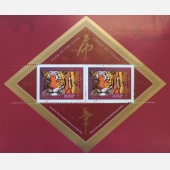 加拿大资深
加拿大资深 旦增
旦增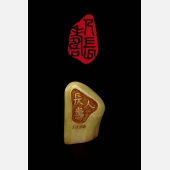 陈维廉
陈维廉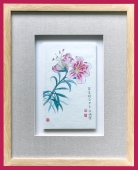 赵映璧
赵映璧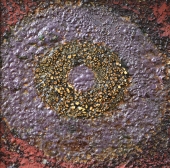 魏新
魏新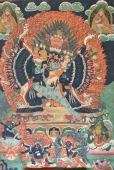 佚名
佚名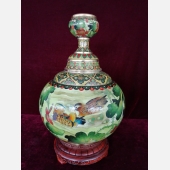 米振雄
米振雄